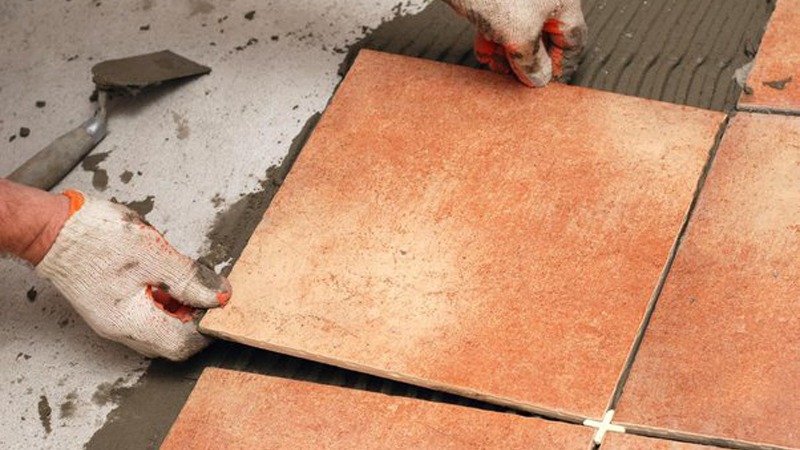Minimum and maximum plaster thickness
The thickness of plastering is at least 2.5 cm and should not be less than 3 layers. The thickness of the plaster and soil crust is 1.5 cm, the thickness of the plaster coating is 1 cm, and the thickness of the finished plaster is 15.2 and for ordinary plaster is 30.6. In this article, we are going to check the maximum and minimum thickness of plastering.
The most important difference between facing plaster and under-work plaster is in the initial and final setting of the two. Plaster plaster has a higher time to use than plaster under the plaster. In terms of price, facing plaster has a lower price than other plasters in the building. You can use white plaster for whitewash, carpentry and tool making.
The thickness of the under-work plaster varies according to the conditions, 10 mm is a standard number for under-work plaster.
The coating plaster will be applied as a 2 mm coating on the sub-work.The presence of coarse particles in the under-work plaster along with the high concentration of gypsum in water causes the under-work plaster to set faster than the surface plaster.
The importance of implementation points in the thickness of plastering
The starting time for retarding plaster should not be more than 20 minutes, so for retarding plaster, if lime is used up to 10% of the weight of the plaster, the starting time is increased to 12 minutes.
For this, the lime slurry must pass through a sieve with a spring of less than 1 mm.
Suitable mortars for plastering include straw mortar, plaster and soil, sand and lime, and cement sand.
The facade surface must be free of waves, roughness, cracks, stains and separation.
In the case of polishing procedures that reflect light and reveal light more intensely, the execution must be done more carefully.
Thick coatings should not be applied in one hand, otherwise cracks will form in the coating.Also, to prevent cracks, it is necessary to ensure the hardening of the lining layer before applying the top layer.
To remove a good coating, you must:
Do not apply thick coating in one hand.
Do not apply the coated layer, especially the top layer, on a lining that has not completely hardened

 IR
IR  AR
AR 



